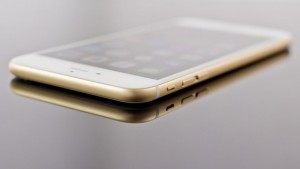 Apple sells about 20 percent of the world’s smart phones and makes 92 percent of the industry’s profit, a staggering imbalance that reflects the premium prices Cupertino can ask for its phones compared to competitors like HTC and Samsung.
Apple sells about 20 percent of the world’s smart phones and makes 92 percent of the industry’s profit, a staggering imbalance that reflects the premium prices Cupertino can ask for its phones compared to competitors like HTC and Samsung.
The latest numbers come from investment bank Cana cord, genyuit which estimates that Apple’s share of the market is growing exponentially even eight years after the original I phone debut. In the first quarter of last year, Apple took home 65 percent of the smart phone industry’s profits. Samsung’s share is about 15 percent compared to Apple’s 92 percent. (Other companies lost money, which is why Apple and Samsung make up more than 100 percent of profits.)
Apple also pulls in a disproportionate amount of PC profits. According to the wall street journel , Apple sells just six of every 100 computers sold, but made more than half of the industry’s profits last year.
So how does Apple make so much more money than its rivals despite producing fewer phones and computers? It charges a premium for its products that no other company can demand. Last year, an I phone sold for $624, on average, compared to $185 for an Android handset. As the WSJ notes, other phone makers like Samsung and Microsoft don’t rely on smart phone hardware as their primary revenue stream. Instead, they expect apps and accessories–and in Samsung’s case, hardware components–to bring in cash.
: Apple’s monopoly of smart phone industry profits makes it clear that its strategy is a smart one–which is probably why Cupertino is reportedly gearing up to sell 90 billion I phone 6s and 6s Plus units by the end of the year. The company sold 74.5 million I phones in the first quarter of the year and another 61.2 million in the second quarter, breaking its own records in the process , so preparing to meet demand with 90 million new phones doesn’t sound so crazy.






